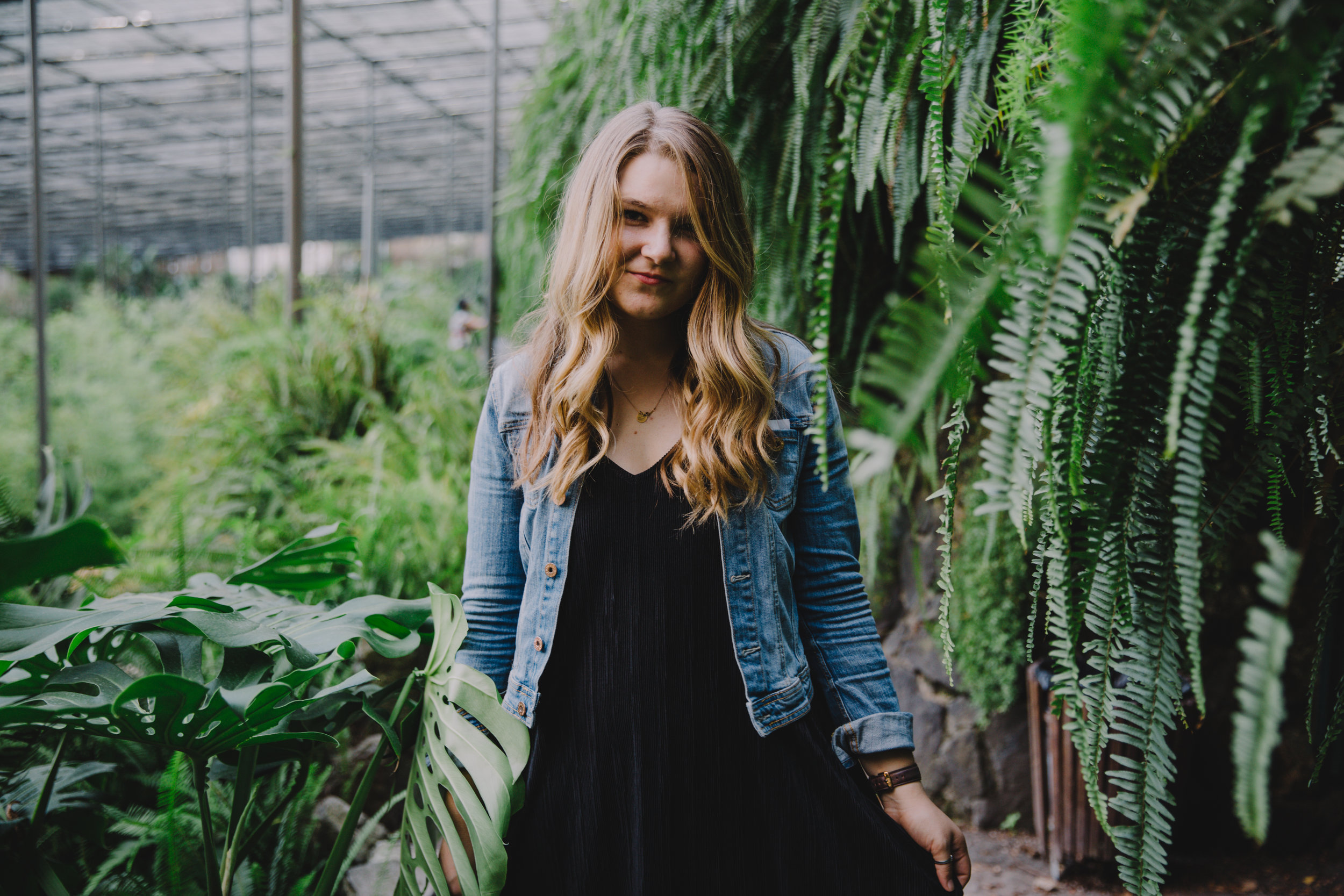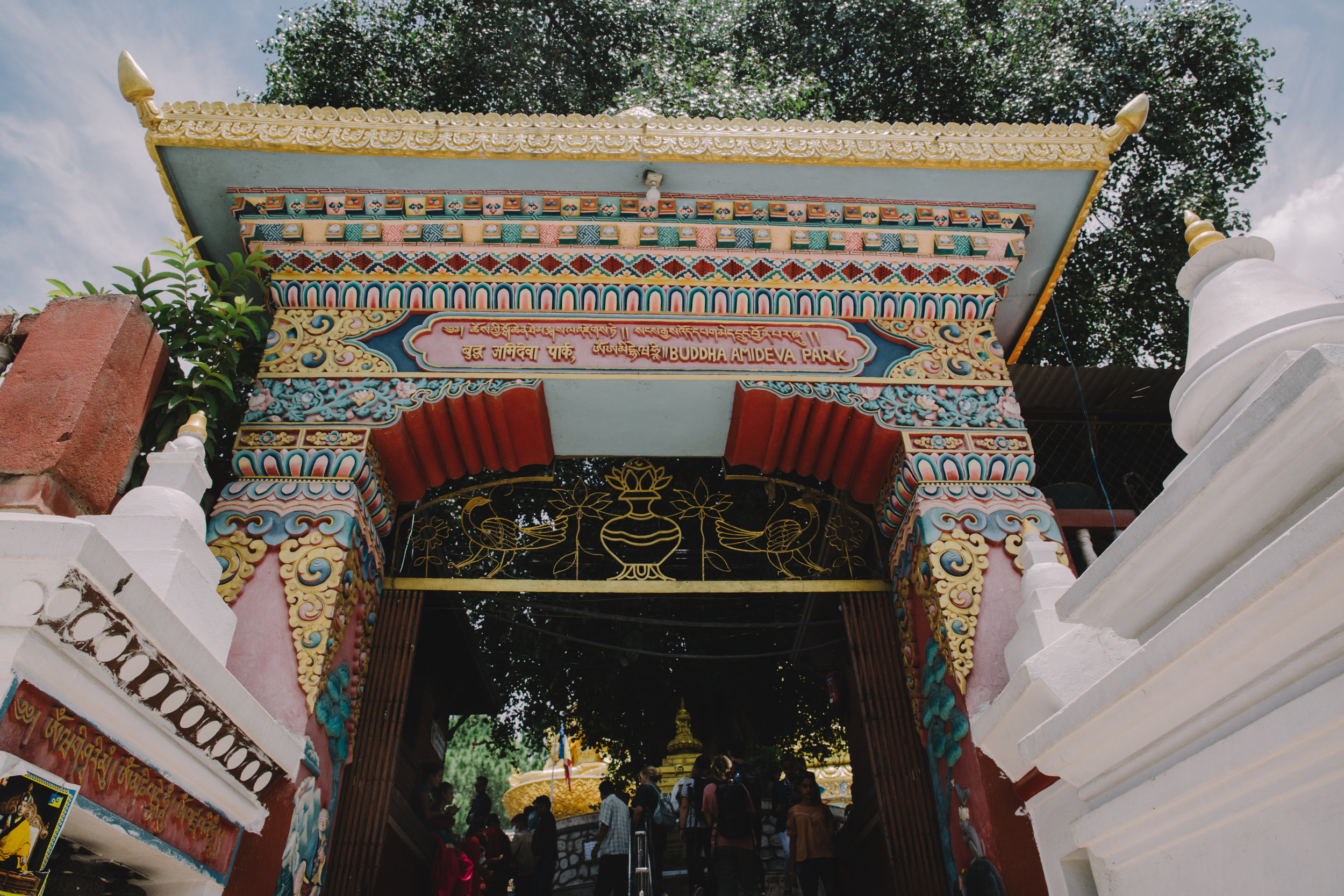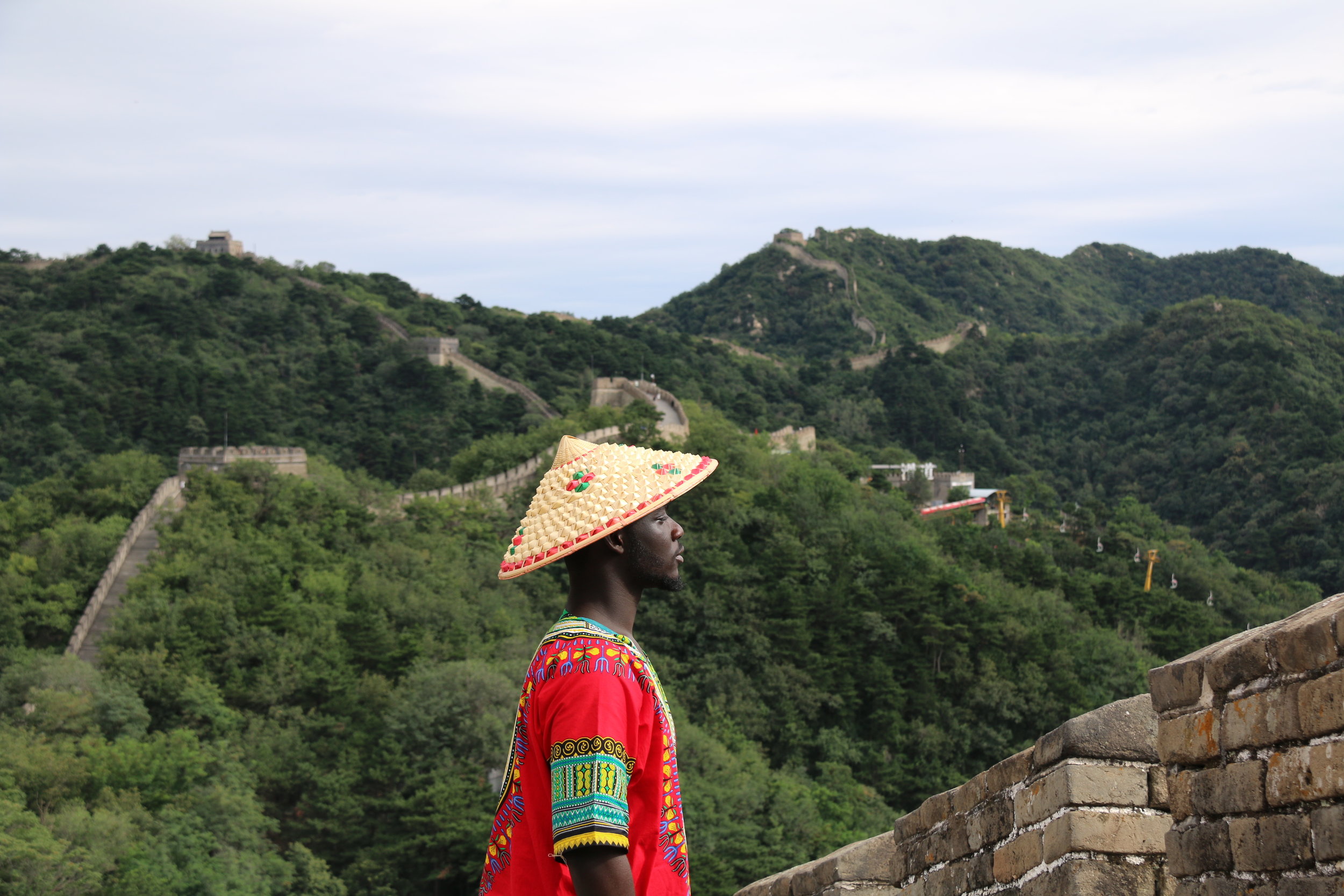Regan is a passionate and curious American college student who's recent trip to Nepal was both creative and humanitarian. Read on to find out about the peace she found in this special country.
Introduce yourself!
Hey! So I’m Regan. “Home” is an interesting concept for me, as I grew up moving frequently because of my dad’s job. Relocating from city to city, I constantly had to adjust and adapt to new surroundings and quickly became used to being thrown outside of my comfort zone. These experiences allowed me to not only meet different kinds of people from all over the globe, but it also cultivated a hunger and a curiosity within myself for things beyond my backdoor. I’m currently wrapping up a semester abroad in Dakar, Senegal, having traveled here from my home university in the Pacific Northwest. It’s been such a wild ride. Travel is so important to me, and I have always loved any and every medium that allows me to express myself creatively and capture the beauty that exists in this world. Recently I have been channeling my attention and energy towards creative storytelling, as I strongly believe in the value that each person’s story holds.
Tell us a bit about Illuminate Nations and how you got connected with the organization’s trip to Nepal.
I have been following a community of inspiring creative on Instagram for a while now, and it was through Instagram that I came across incredible individuals such as Katelyn Nix who announced that she was co-leading a creative missions trip to Nepal through Illuminate Nations. The vision of Illuminate Nations is “to train and catalyze a generation who will let go of fear and complacency and step into simple obedience - which changes history”. It’s a Christian organization that is dedicated to raising up leaders from all over the world who can create real change from a grassroots level in areas of poverty, discrimination, inequality, and ignorance. The trip I was on focused on creative storytelling through mediums such as photography, videography, and writing in hopes of making a short film documentary as well as a beautifully curated magazine.
What was your approach to photography in Nepal and how did you manage to capture and convey people’s stories?
While taking pictures has always been important to me, my trip to Nepal was the first time I truly began experimenting with portrait photography as I immediately fell in love with the beauty and the complexities of the Nepali people. My team wanted to make sure that we were forming relationships with people before we began sticking our cameras in their faces, which resulted in a really beautiful cultural exchange. We spent most of our days walking around villages and we found that people were so open and willing to share their stories with us because we simply made ourselves available to listen and to learn.
How does photography influence the way you travel and see the world around you?
Photography has pushed me to live more, to see more of the world, and become more understanding of what it is important to me. Photos allow me to hold an instant of time, of emotion, a memory, right in my hands. My camera has become a tool for me to convey emotions and capture the hearts of those around me when words are lacking. It’s an avenue I can take to not only see places all over the world, but also to become a part of the places themselves.
Which cities/ regions did you visit, and what are some recommendations you have for future travelers to Nepal? (ex. places to go, things to see, foods to eat etc).
We spent the majority of our time in Kathmandu and visiting monkey temples and some surrounding villages, and then a few days in Pokhara, which ended up being one of my favorite places in Nepal. We got to have beautiful views of the Himalayas, dip our toes in Phewa Lake in the south of the city, and get a taste of life outside of the nation’s capital. It’s a long journey from Kathmandu, but I promise if you go to Pokhara you will not be disappointed. As far as food is concerned, it is impossible to go to Nepal without getting to taste Dal Bhat, a staple rice dish accompanied with cooked lentil soup and vegetable curry. I think we ate this almost every day and we saw many local’s wearing t-shirts saying “Dal Bhat 24 hour power,” which is hilarious because that stuff really does stick to your bones. Aside from Dal Bhat, I still find myself dreaming of the popular stuffed dumplings called Momos. My mouth is watering even thinking about them!
Explain how this creative project was also humanitarian.
It was really cool because aside from trekking to villages to capture stories, we were able to organize a youth camp in Kathmandu focused on empowering and encouraging young individuals as many of them are facing religious oppression. We’d sing together, have dance parties, eat meals together, and most importantly share about each other’s lives and stories. Additionally, our team gathered funds prior to leaving the States in order to bless our hosts and local churches on the ground in areas of Nepal.
What advice do you have for people who would like to volunteer abroad, but don’t know where to start?
I’d say take advantages of the opportunities available to you and do your research! It’s really not as hard as people make international travel sound. Many of the experiences I’ve had abroad have come about because I was open to a variety of different kinds of volunteer work from setting up medical clinics, to teaching English! It’s amazing where your curiosity can lead you as long as you are willing to say yes!
What is something people seldom know about Nepal, (specifically its religious or cultural composition)?
Nepal is approximately 83 percent Hindu, 8 percent Buddhist, with Christians making up less than one per cent of the population. Recently a bill was passed criminalizing religious conversion and the “hurting of religious sentiment,” in order to protect Hinduism and Buddhism. Before coming to Nepal, I didn’t realize the reality of the oppression many Christians face every day as we were told people could get sent to prison or put to death if they are caught sharing their faith. I can’t imagine living life in fear because of my religion, that’s definitely a privilege I take for granted in the US.
What was it like spending time with Nepali people and specifically Nepali photographers?
Nepal has such a rich and unique culture and the whole country is filled with people who have the biggest hearts and most beautiful souls. They are community-driven people and everywhere we went we were confronted with warm smiles, inviting hospitality, and SO much Chiya (tea). Getting to hang out with Nepali photographers was also a really enriching experience for all of us. Our friend Anmol was kind enough to show us around his city and take us to places for photo opportunities like suspension bridges, and really cool caves. I love how passions such as photography can connect you to someone regardless of language barriers or cultural differences.
Please share the story behind your favorite image that you captured in Nepal.
As I mentioned before, I didn’t have a lot of experience in portrait photography before coming to Nepal. The first few days of our trip I was very hesitant when approaching people and felt very shy when I wanted to strike up a conversation. I remember one day we were on our way home when our taxi broke down (which happens much more often than one would think). We were stopped in the middle of the road when I noticed a man stoically perched on a bench outside a nearby shop. It took all the courage I could muster, but I decide to walk over and start talking to him. I didn’t have much time before our taxi was up and running again, but I not only did he let me take his picture, I also managed to learn small bits and details about him. This was the first portrait I captured on the trip, and I think about this picture a lot, actually.
What’s next for you?
I’ll be returning to America in just a few weeks, where I’ll continue to study International Relations and French, and I doubt it will be long before I head out on my next adventure. Some of the countries I hope to visit next are India, Sri Lanka, and Thailand as I continue to push myself creatively and use my gifts as a means to create change and build bridges among various cultures. I don’t really know what is to come, but all I know is I want to live in pursuit of growth over comfort and let all I do be marked with love.
For more of Regan's travels, follow her Instagram @regankalani
Images courtesy of Regan Hill
DID THIS STORY INSPIRE YOU?
If you enjoyed this piece and would like more content like this, please consider a donation to Spirited Pursuit.























